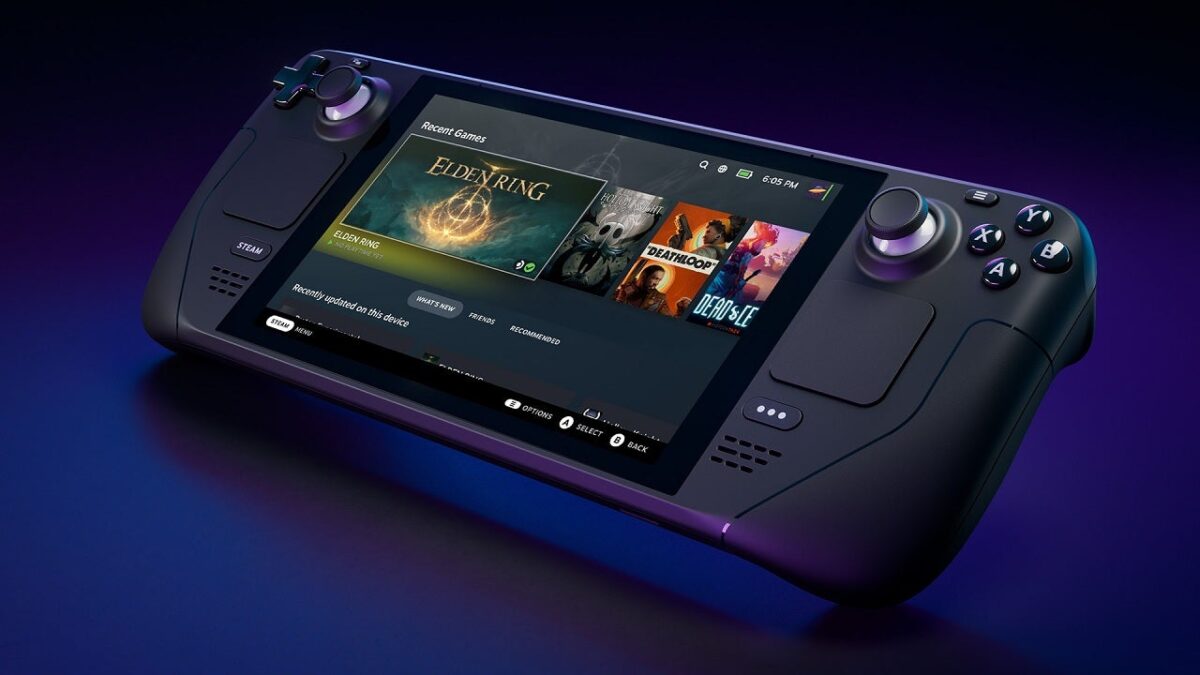BioWare has confirmed layoffs within the Star Wars: The Old Republic development team as the game prepares to transition to a new developer.
Earlier this month, IGN revealed EA was nearing an agreement to move the ongoing development and operation of the long-running MMORPG from BioWare to third-party studio Broadsword Online Games.
The agreement sees SWTOR handed over to current Ultima Online and Dark Age of Camelot developer Broadsword Online, which is run by former Mythic Entertainment co-founder and BioWare VP Rob Denton, who previously worked on SWTOR in its early days.
At the time, IGN reported 70-80 people were part of the core development team of The Old Republic, more than half of whom were expected to move to Broadsword.
In a new blog post, BioWare general manager Gary McKay confirmed an undisclosed number of layoffs are set to hit those who do not transition from the studio to Broadsword.
“No big change comes without challenges,” McKay said. “Among them is the fact that most of the current team will be invited to accompany the game on its move to Broadsword, though unfortunately not every role will make the move. This is the hardest part of this transition, and these decisions were not made lightly. We are of course doing everything we can to support the affected team members, who have an opportunity to find new roles within EA.
“In addition, we’re aware that the team members who are being asked to move to a new studio will also be adapting to change, and we will be working with Broadsword to make the transition as comfortable as possible.
“In the long run, though, we are confident that this is the best decision for the game and its community. We at BioWare will miss being a part of SWTOR’s story going forward. But we also know that it will be in very good hands.”
One employee who is moving over from BioWare to Broadsword is Keith Kanneg, executive producer of SWTOR. In the same blog post, he said “decisions that impact our people are the hardest part of change and evolution, but I believe Broadsword is the right studio to continue to enhance and modernize our game — and also expand the number of people who can play it”.
BioWare has insisted all current plans for SWTOR are still in place, with new features set to be announced.
“As examples, we just delivered our largest story update in months, and a new story flashpoint with Game Update 7.3: Old Wounds, taking us back to the planet Voss, which we haven’t visited since our KOTET expansion back in 2016,” Kanneg said. “We will also be rolling out Game Update 7.3.1, which will contain our next Galactic Season, in the coming months. And stay tuned for details on Game Update 7.4, where players will see the story continue following the events of Old Wounds. And there’s even more on the horizon.”
BioWare is now focusing on its single-player games, with teams primarily in Austin and Edmonton. McKay provided a brief update on Dragon Age: Dreadwolf and the next Mass Effect game: “For Dragon Age, we continue to build, polish, and tune an exceptional experience we know our fans will love. We can’t wait to share more on this soon. For Mass Effect, we continue pre-production with a core team of veteran storytellers who are bringing the deep franchise history forward in a spectacular new way.”
SWTOR was first launched in December of 2011, and IGN gave it a 9/10 in our review at the time. It was initially released as a subscription game but was converted within the first year to free-to-play after a steep drop-off, and has remained that way ever since to steady success.
While SWTOR never quite reached the heights of competitor World of Warcraft, it did achieve nearly $1 billion in lifetime revenue as of 2019. Last year, its creative director Charles Boyd left the company after 16 years.
The Old Republic remains a popular period within the Star Wars universe, with Lucasfilm acknowledging it as a potential setting for future movies and shows. A remake of the original Knights of the Old Republic is currently in development, but its status is unknown after being delayed indefinitely.
Wesley is the UK News Editor for IGN. Find him on Twitter at @wyp100. You can reach Wesley at wesley_yinpoole@ign.com or confidentially at wyp100@proton.me.


